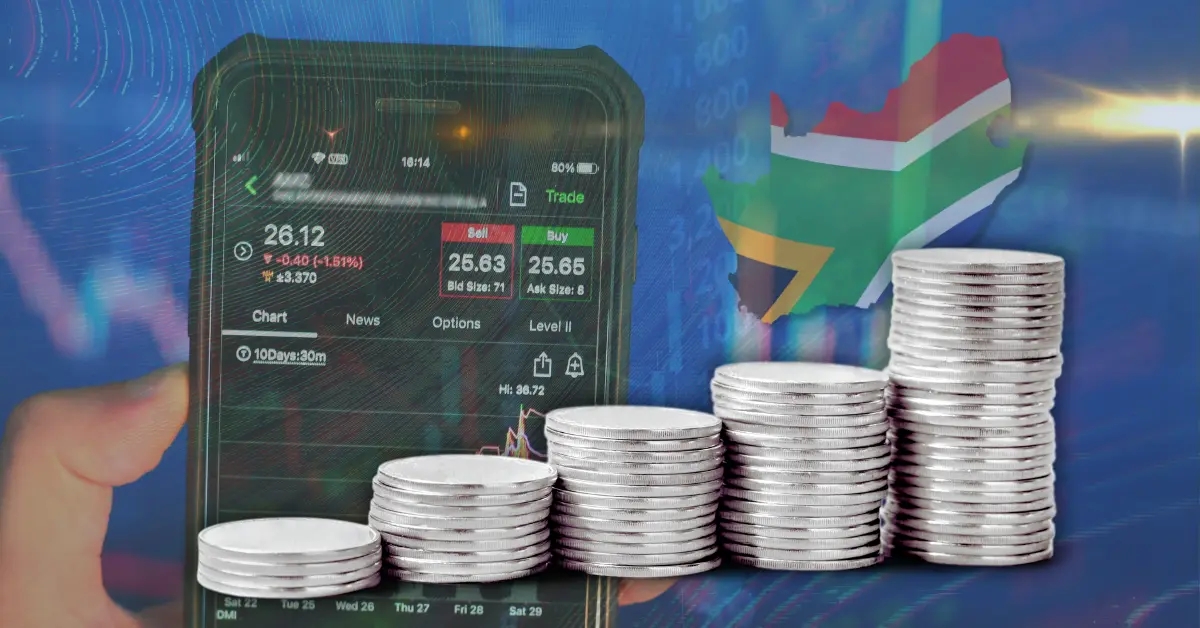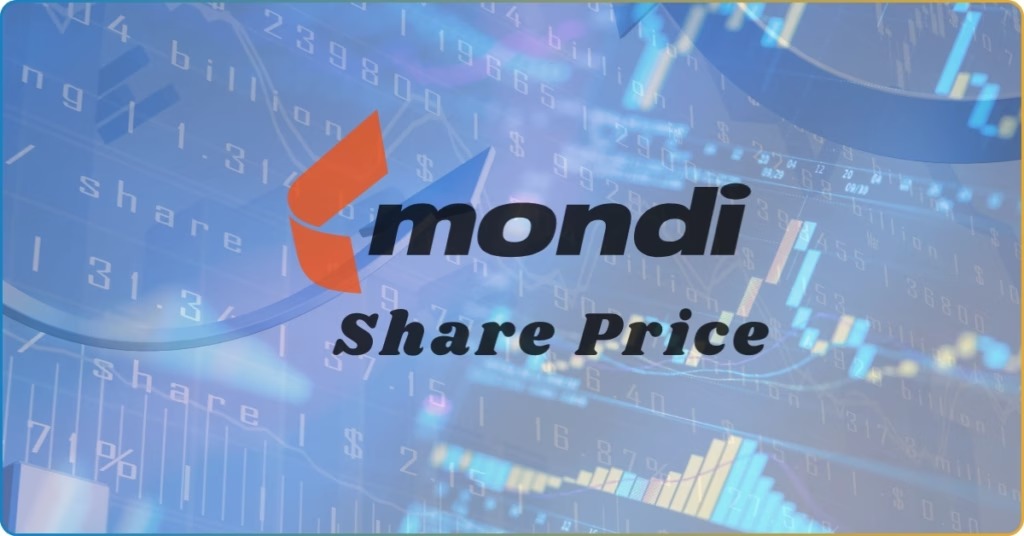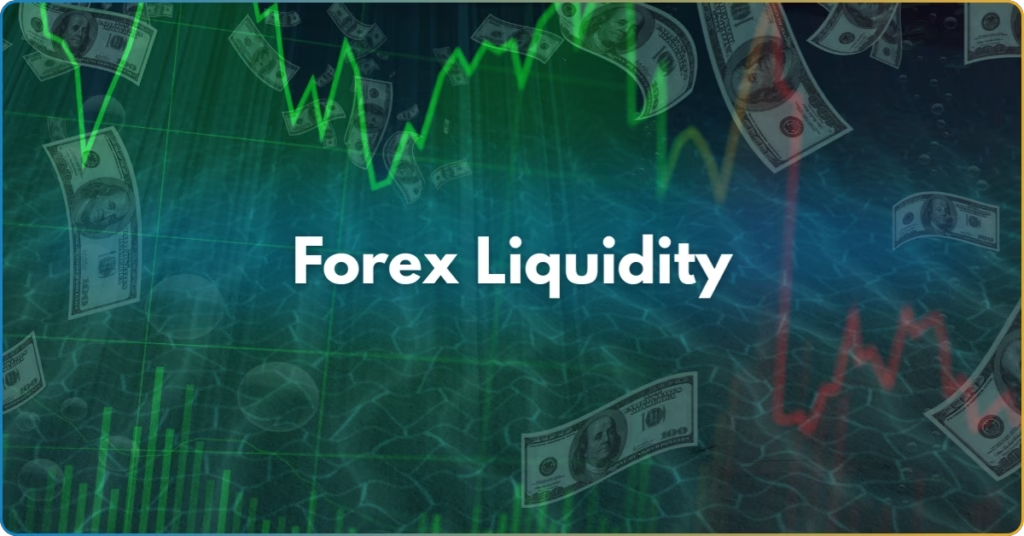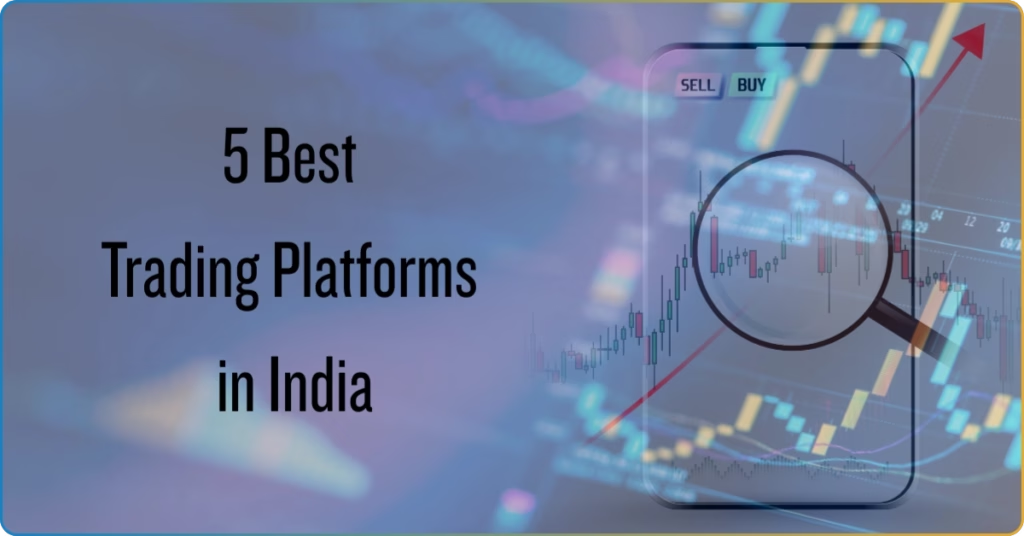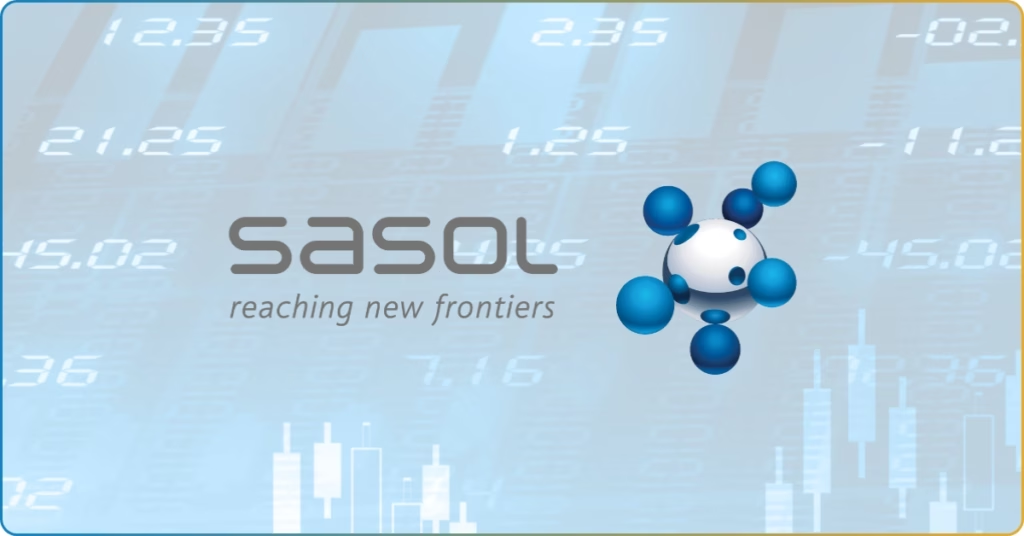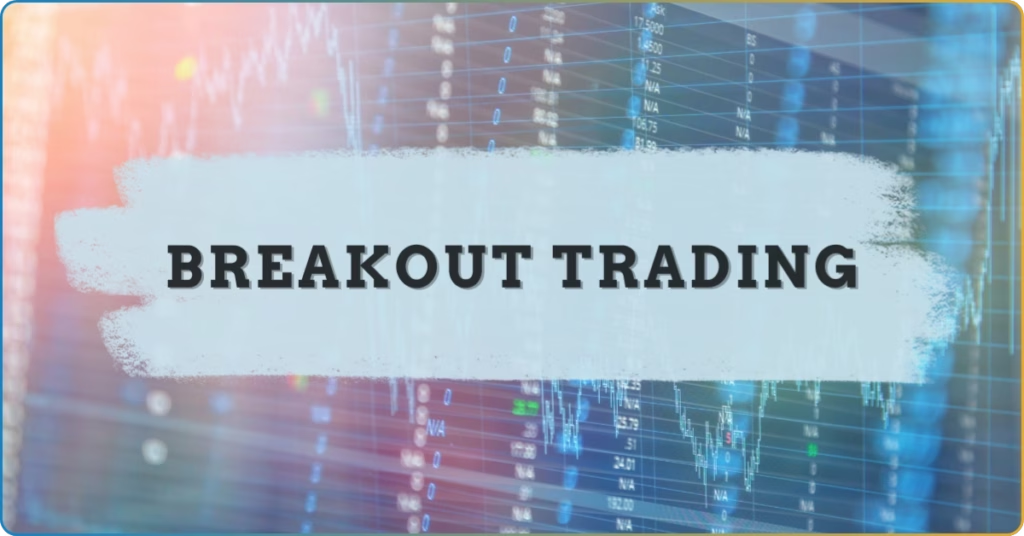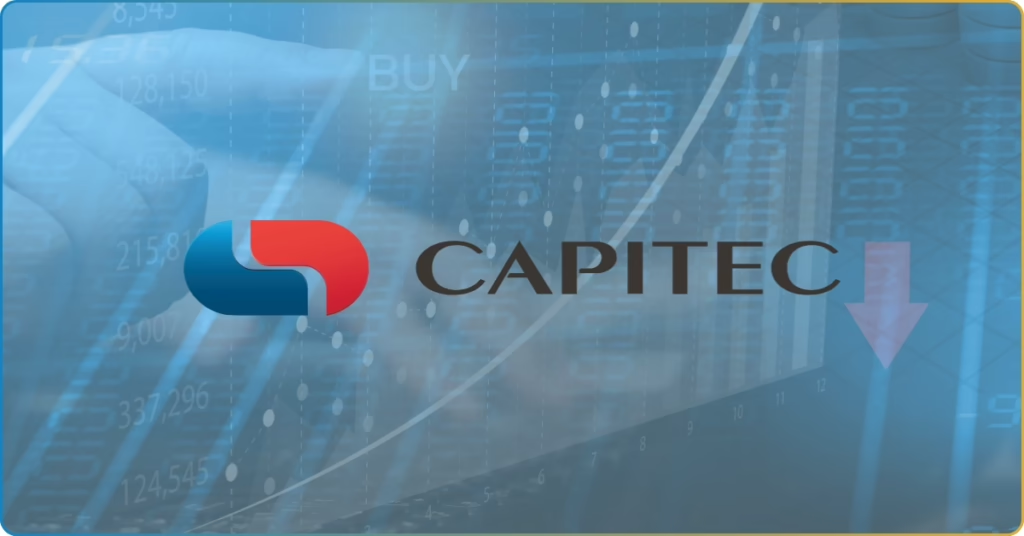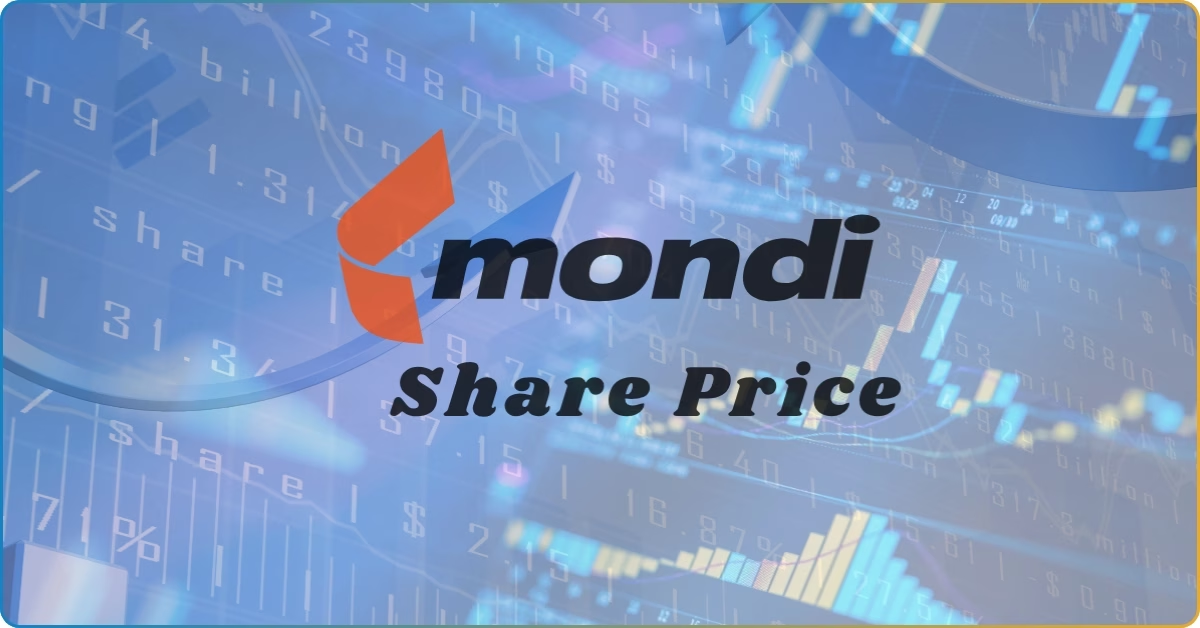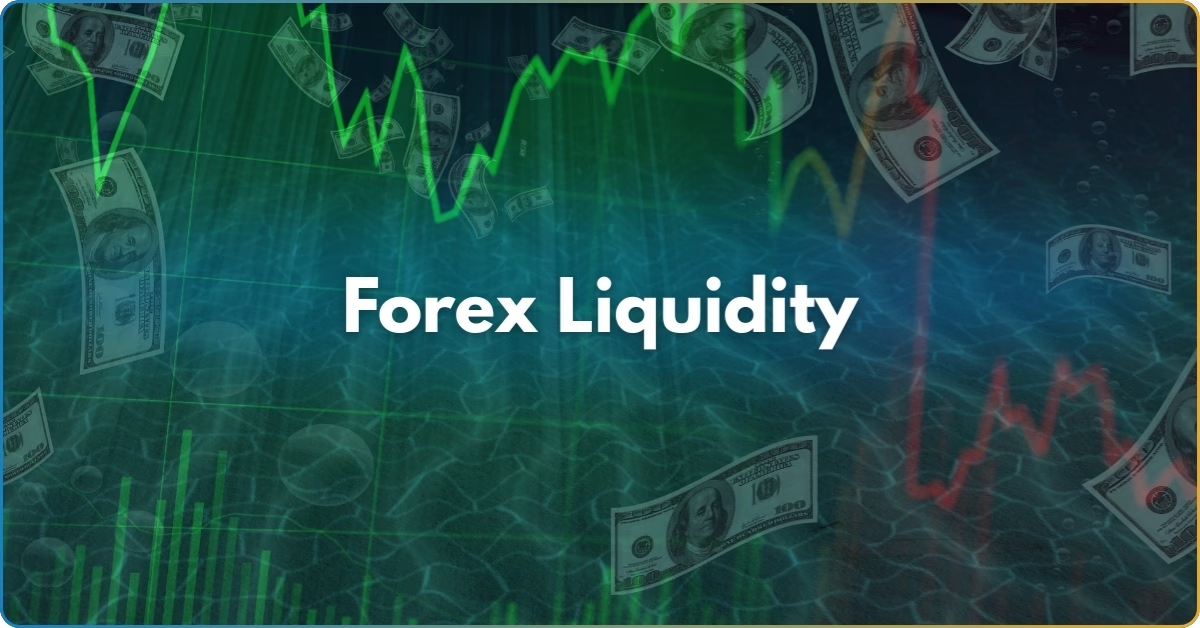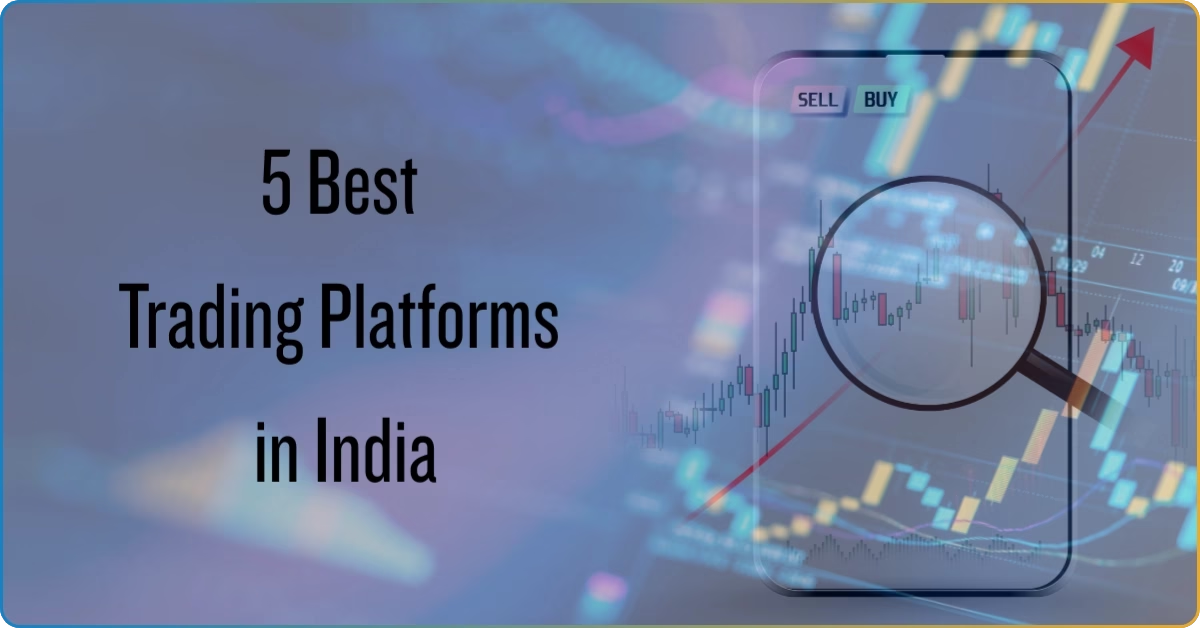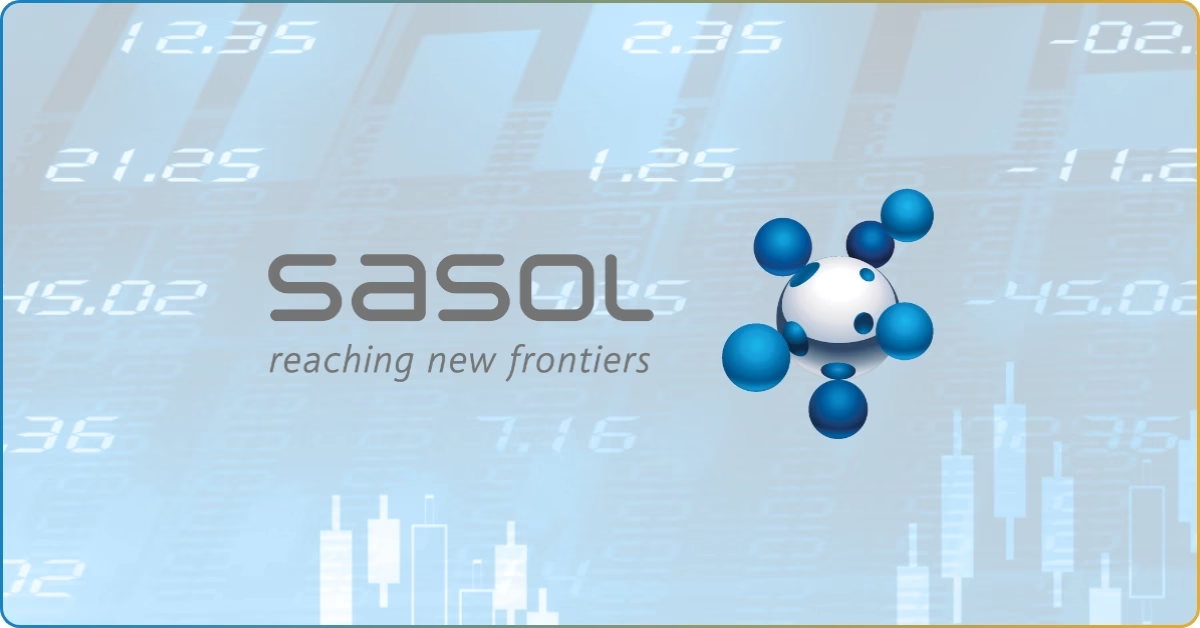Silver is a long-time favorite for investors and traders alike. Especially during economic downturns – such as the grim outlook that the South African economy is facing now – investors seek comfort in owning or investing in these precious metals. Below, we discuss the silver price in South Africa, industry trends, and how to trade the precious metal.
Silver Price in South Africa: Analysis, Trends, and Forecast
A highly valuable substance, silver has a global demand of 1.21 billion ounces a year! It is a versatile metal used in jewelry, electronics, photography, and even currency.
Fun fact: The words for “silver” and “money” are the same in almost 14 languages!
Likewise, its price is influenced by many factors, such as interest rates, currency markets, country regulations, world politics, and industrial demand.
Below, we quickly examine silver’s current and historic prices.
Current prices for Silver in South Africa
Silver prices are typically quoted by the ounce, gram, and kilogram.
The silver spot price in Rand is 546.09 (or roughly USD 30.94), while the silver price per gram in South Africa is 17.56 (USD 0.99).
Silver is traded almost 24/7, so its price will fluctuate daily. Currently, it is sold between the ranges of 367.99 – 573.6.
As of this writing, the current market capitalization of Silver is USD 1.762 trillion.
| ZAR | USD | |
| Silver price per ounce | 546.09 | 30.94 |
| Silver price per gram | 17.56 | 0.99 |
| Per kilo | 17,577.19 | 995.91 |
| Market cap | 1.762 trillion | |
| 52 week range | 367.99 – 573.6 | 20.85 – 32.50 |
| All-time high (1980) | 859.5 | 48.7 |
A Quick Look at Silver’s Pricing History
Silver price is primarily driven by global demand, supply, inflation, and the dollar’s strength.
For example, investors look for more stable investments like silver and other precious metals as safe-haven assets when the dollar weakens.
Furthermore, silver is mined as a byproduct of lead, zinc, copper, and gold, and the price of silver can be sensitive to the amount produced as a byproduct.
Later, we’ll discuss why some analysts have called out “manipulation” in silver prices.
Silver global deficit
Silver was once plentiful. However, as the world consumes more silver than it produces, an imbalance between supply and demand occurs.
From 2021 to 2023, the Silver Institute estimated a cumulative deficit of 474 million ounces of silver—about 6,100 Toyota Hilux pickup trucks!
There is also a growing industrial demand for Silver from China and India, particularly in solar power production and electronics.
The demand for silver has outstripped supply, and it is highly doubtful that supply will keep pace with the increasing demand for silver for many years.
Price manipulation – something to look out for
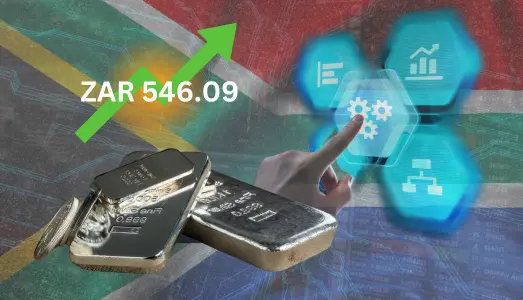
Many speculate that large corporations have long manipulated silver’s prices, significantly suppressing the metal’s actual price and creating artificially low prices.
Analysts have long criticized the decades-long suppression of the price of silver. In a 2024 report released by Oxford Economics, they revealed that American banks have been trading more paper silver (futures contracts) than physically available silver.
This has created an illusion of a high supply that never existed.
Analysts expect that this “suppression” will not last much longer. As physical reserves become scarcer and the industrial demand for silver increases, silver might experience a price surge that could surpass gold.
Silver’s outlook: A bullish breakout
Most investors may feel silver has underperformed this year, selling around only USD 50 an ounce. In contrast, gold has peaked at USD 2,500 an ounce.
Analysts, however, think that silver’s minor price movements are the “calm before the storm” and expect a bullish breakout by the end of the year.
With the compounding factors of artificially low prices, increasing demand, and a concerning physical shortage, silver is expected to push prices to new highs.
Understanding Silver
Silver is by far one of the most unique metals in the world. It is both a monetary metal and an industrial metal.
Here are some of silver’s cool features:
- It is the only metal that can be formed and stretched
- It is considered the best electric conductor because it is corrosion-resistant
- It can endure extreme temperatures, conduct heat, reflect light, and has bactericidal qualities
Simply, there is no substitute for silver and what it does.
Silver as money
Silver has widely been used as money for centuries. Before 1965, US coins had 90% silver in them.
An industrial VIP
There are currently thousands of industrial applications for silver, and there are more patents for it than for all the other metals combined.
Out of all the commodities used in our economy, only petroleum is used in more different ways!
Industrial demand for silver makes up 43% of total demand.
Other uses for silver
Silver is also widely used in jewelry, silverware, and photography.
The precious metal is found in batteries, clothing, computers, and even surgical instruments.
How to trade gold and silver
Now that we have discussed silver prices, uses, and trends, we can look at the different ways to trade the precious metal.
As silver and gold are both precious metals, the way they are traded is quite similar.
Ready to start trading? Be a part of a community that helps you! Join CommuniTrade here. Share insights, ask others for help, and meet like-minded individuals.
Buying physical silver
Buying physical silver, through coins or bullion, is the purest way of investing. It can be purchased online, through local dealerships or pawnshops.
Some coins (collectibles, artisan, special editions) may have additional value and can be traded for a premium.
However, physical silver may be harder to sell in a pinch.
ETF
Because of silver’s industrial demand, its market is much more volatile than gold. Silver ETFs can be sold quickly if prices are too frothy.
Many online brokers offer free trading of ETF shares, and there are also cybersecurity measures implemented by local regulations.
Additionally, third-party dispute resolutions can also help you in the long run.
Futures Contracts
Futures contracts are a bit more complex than ETFs, but they allow you to use leverage—or invest small capital with the potential for large returns.
Contracts are created to buy at a specific price. As the buy, you will set to buy silver only when it reaches a certain price.
Silver Mining Equities
Investing in silver mining equities is an indirect way of investing in the silver industry.
Technically, you are not buying or selling physical silver, but you buy a stake in a company that extracts the precious metal.

